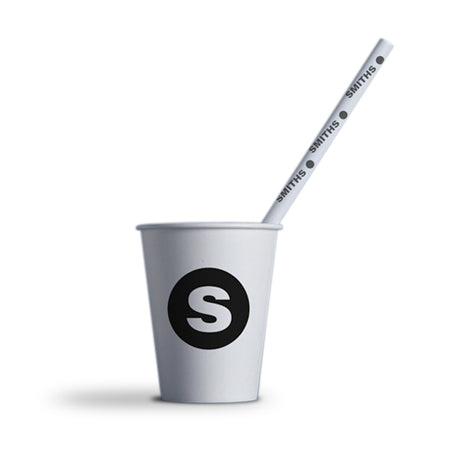The Art of Folded Flyer Design
Folded flyers are a powerful marketing tool that combines the versatility of a brochure with the compactness of a flyer. They are an excellent choice for businesses and organizations looking to convey information in a visually appealing way while maximizing space. The design of a folded flyer requires creativity, careful planning, and an understanding of the target audience. This article explores the key components of a successful folded flyer design, the types available, and tips to create an eye-catching and effective flyer.
Understanding Folded Flyers
Folded flyers come in various forms, each catering to different needs and preferences. The most common types include bi-folds, tri-folds, and z-folds. A bi-fold flyer consists of a single sheet of paper folded in half, creating four panels to work with. The tri-fold, which is more popular, is created by folding a sheet into three sections, resulting in six panels. Z-folds have a unique zig-zag pattern, allowing for a creative presentation. Each type has its advantages, and the choice depends on the amount of information to communicate and the visual layout desired.
Key Components of Design
1. Layout and Structure The first step in designing a folded flyer is to determine its layout. The arrangement of text and images should guide the reader's eye smoothly from one panel to the next. Using a grid system can help ensure visual balance and alignment throughout the flyer.
2. Branding Consistency in branding is crucial. The flyer should reflect the company’s identity through the strategic use of logos, color schemes, and typography. This consistency not only reinforces brand recognition but also establishes trust with the audience.
folded flyer design

3. Compelling Headlines A strong headline is essential for grabbing attention. It should be concise yet powerful. Headlines should communicate the flyer’s core message and entice the reader to learn more. Using engaging language and incorporating keywords related to the flyer’s content will also bolster its appeal.
4. Quality Imagery High-resolution images and graphics can significantly enhance a flyer’s visual impact. Images should complement the text and provide context. For instance, if promoting a local event, including vibrant photos from past events can stir interest. It’s crucial that the images used adhere to copyright laws; otherwise, alternatives such as licensed stock photos should be explored.
5. Clear Call-to-Action (CTA) The ultimate goal of a folded flyer is to inspire action. Whether it’s visiting a website, signing up for a newsletter, or attending an event, the call-to-action must be clear and compelling. Placing the CTA prominently ensures it draws attention and is easily actionable.
Tips for Effective Design
- Use White Space Wisely Clutter can overwhelm readers. Strategic use of white space helps improve readability and directs focus to key elements. - Consistent Font Usage Limit the number of different fonts to maintain a clean look. Choosing one font for headings and another for body text can provide contrast without being overwhelming. - Test Alternate Designs Before finalizing the design, create a few variations. Different layouts, color schemes, or images can affect the overall impact and effectiveness. - Consider the Fold When designing, remember that important information should not be placed in the folds as it might be obscured or missed altogether by readers.
Conclusion
A well-designed folded flyer serves as an effective communication medium, providing valuable information in an accessible format. By understanding the various types of folded flyers and implementing thoughtful design principles, businesses can create compelling and attractive marketing materials that resonate with their audience. When executed with care, folded flyers can help drive engagement and foster connections with potential customers.



